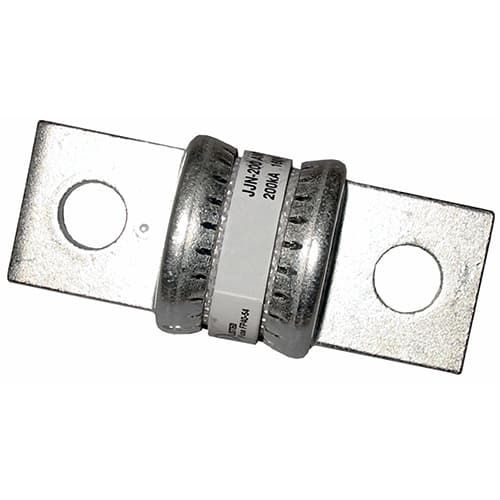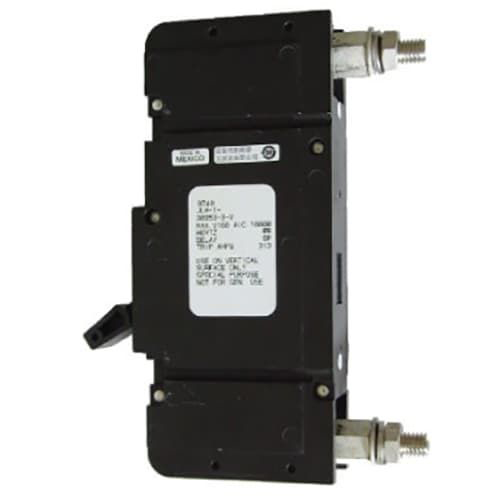@JedTheFed, height matters. I'm getting ready to connect my Class T fuse holder to another device with a 1/4" copper bus bar (flat bar). The copper isn't going to bend one bit, especially not over the 4" length. If the two mating surfaces aren't on the exact same plane then the connection won't be good.
When using cables, there is a fair amount of give to them and you should be able to them to flex to match the mating surfaces. But if the distance is short, they'll flex only so much.
When I made connections with my 2/0 cables, I made sure to match the surface heights as close as I could and then rotate the lugs 180° on each end to give me more height difference if that was called for.
When using cables, there is a fair amount of give to them and you should be able to them to flex to match the mating surfaces. But if the distance is short, they'll flex only so much.
When I made connections with my 2/0 cables, I made sure to match the surface heights as close as I could and then rotate the lugs 180° on each end to give me more height difference if that was called for.





